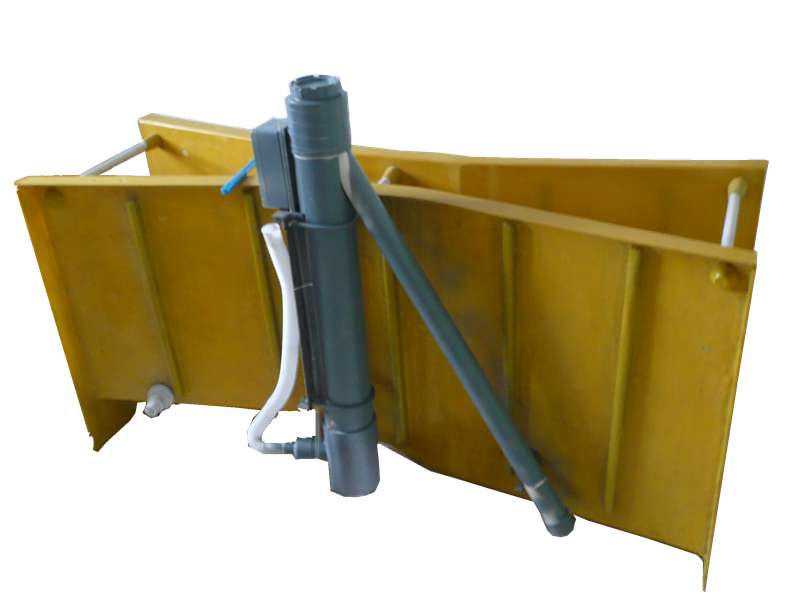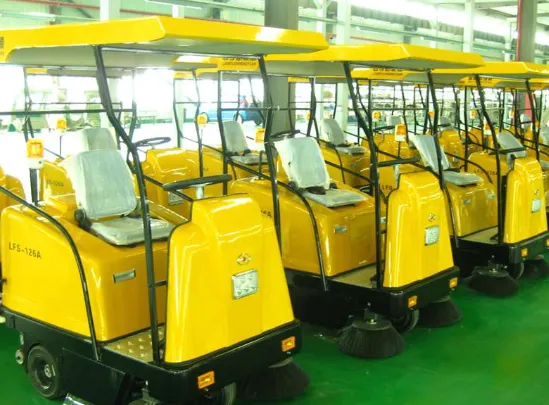
-
 Afrikaans
Afrikaans -
 Albanian
Albanian -
 Amharic
Amharic -
 Arabic
Arabic -
 Armenian
Armenian -
 Azerbaijani
Azerbaijani -
 Basque
Basque -
 Belarusian
Belarusian -
 Bengali
Bengali -
 Bosnian
Bosnian -
 Bulgarian
Bulgarian -
 Catalan
Catalan -
 Cebuano
Cebuano -
 China
China -
 China (Taiwan)
China (Taiwan) -
 Corsican
Corsican -
 Croatian
Croatian -
 Czech
Czech -
 Danish
Danish -
 Dutch
Dutch -
 English
English -
 Esperanto
Esperanto -
 Estonian
Estonian -
 Finnish
Finnish -
 French
French -
 Frisian
Frisian -
 Galician
Galician -
 Georgian
Georgian -
 German
German -
 Greek
Greek -
 Gujarati
Gujarati -
 Haitian Creole
Haitian Creole -
 hausa
hausa -
 hawaiian
hawaiian -
 Hebrew
Hebrew -
 Hindi
Hindi -
 Miao
Miao -
 Hungarian
Hungarian -
 Icelandic
Icelandic -
 igbo
igbo -
 Indonesian
Indonesian -
 irish
irish -
 Italian
Italian -
 Japanese
Japanese -
 Javanese
Javanese -
 Kannada
Kannada -
 kazakh
kazakh -
 Khmer
Khmer -
 Rwandese
Rwandese -
 Korean
Korean -
 Kurdish
Kurdish -
 Kyrgyz
Kyrgyz -
 Lao
Lao -
 Latin
Latin -
 Latvian
Latvian -
 Lithuanian
Lithuanian -
 Luxembourgish
Luxembourgish -
 Macedonian
Macedonian -
 Malgashi
Malgashi -
 Malay
Malay -
 Malayalam
Malayalam -
 Maltese
Maltese -
 Maori
Maori -
 Marathi
Marathi -
 Mongolian
Mongolian -
 Myanmar
Myanmar -
 Nepali
Nepali -
 Norwegian
Norwegian -
 Norwegian
Norwegian -
 Occitan
Occitan -
 Pashto
Pashto -
 Persian
Persian -
 Polish
Polish -
 Portuguese
Portuguese -
 Punjabi
Punjabi -
 Romanian
Romanian -
 Russian
Russian -
 Samoan
Samoan -
 Scottish Gaelic
Scottish Gaelic -
 Serbian
Serbian -
 Sesotho
Sesotho -
 Shona
Shona -
 Sindhi
Sindhi -
 Sinhala
Sinhala -
 Slovak
Slovak -
 Slovenian
Slovenian -
 Somali
Somali -
 Spanish
Spanish -
 Sundanese
Sundanese -
 Swahili
Swahili -
 Swedish
Swedish -
 Tagalog
Tagalog -
 Tajik
Tajik -
 Tamil
Tamil -
 Tatar
Tatar -
 Telugu
Telugu -
 Thai
Thai -
 Turkish
Turkish -
 Turkmen
Turkmen -
 Ukrainian
Ukrainian -
 Urdu
Urdu -
 Uighur
Uighur -
 Uzbek
Uzbek -
 Vietnamese
Vietnamese -
 Welsh
Welsh -
 Bantu
Bantu -
 Yiddish
Yiddish -
 Yoruba
Yoruba -
 Zulu
Zulu
Molded Fiberglass Grating Durable & Corrosion-Resistant Solutions
- Introduction to the core advantages of molded fiberglass
grating - Technical superiority and performance data analysis
- Comprehensive manufacturer comparison tables
- Advanced customization capabilities explained
- Real-world industrial application case studies
- Installation best practices and maintenance protocols
- Future outlook for molded fiberglass grating technology

(molded fiberglass)
The Transformative Impact of Molded Fiberglass Grating
Molded fiberglass grating represents a quantum leap in industrial flooring solutions, fundamentally changing how engineers approach structural platforms in corrosive environments. Unlike traditional materials, molded grating integrates continuous glass fibers with thermoset resins under precise pressure and heat, creating a monolithic structure with exceptional structural integrity. Data from chemical processing plants shows 86% longer service life compared to metal alternatives when exposed to acidic environments. This manufacturing process enables precise control over rib orientation and panel geometry, allowing designers to meet specific load requirements without material waste.
Unmatched Technical Performance Metrics
Independent laboratory testing reveals molded fiberglass's superior performance characteristics. With a tensile strength of 20,000 psi and deflection tolerance 42% higher than pultruded alternatives, molded grating maintains structural integrity even under sustained loads. The material's dielectric properties (insulation resistance >10¹⁵ Ω) eliminate electrical hazards, while its UL 94 flammability rating classifies it as self-extinguishing. Industry research from water treatment facilities demonstrates that properly specified molded grating reduces maintenance frequency by 65% compared to coated steel alternatives. This correlates to an average lifecycle cost savings of $178 per square meter over seven years of operation.
Industry Manufacturer Performance Comparison
| Feature | Molded Fiberglass Grating | Steel Grating | Aluminum Grating |
|---|---|---|---|
| Corrosion Resistance | 99% chemical inertness rating | Requires protective coatings | Moderate acid resistance |
| Load Capacity | 700 PSI uniform load rating | 800 PSI (untreated) | 450 PSI maximum |
| Weight | 1.6 kg/sq ft | 4.8 kg/sq ft | 2.1 kg/sq ft |
| Service Life (marine) | 20+ years | 7-12 years | 12-15 years |
| Slip Resistance | DIN 51130 R12 rating | Requires serration | Surface treatment needed |
Third-party validation testing confirms molded grating outperforms alternatives in thermal stability (-60°F to +180°F operational range) and electromagnetic transparency. Field data demonstrates only 3% light transmission degradation over 15 years of UV exposure in outdoor installations.
Advanced Customization Capabilities
Molded fiberglass grating solutions offer exceptional custom engineering flexibility during the molding phase. Production molds accommodate complex geometric configurations including curved contours, integrated drainage channels, non-standard bearing bar arrangements, and embedded mounting points. Recent aerospace manufacturing applications have implemented molded grating with 18° skewed orientation patterns to optimize directional strength where support columns create irregular load paths. Surface textures ranging from grit-enhanced phenolic to diamond-plate patterns can be integrated with surface friction coefficients adjustable between 0.55 and 0.85 DIN standards. Post-molding modifications allow for field-cut adjustments without compromising structural integrity through the use of specialized edge sealing resins.
Documented Industry Applications
Water Treatment: The Charleston Municipal Wastewater Facility installed 3,200 sq meters of molded fiberglass grating across 14 sedimentation basins. This eliminated previously recurring corrosion issues and reduced annual maintenance expenditures by $240,000. Inspection after seven years showed only 2% deflection from the original installation measurements.
Food Processing: Tyson Foods implemented molded grating throughout their poultry processing operation, solving persistent sanitation issues related to metal corrosion. Productivity increased 17% due to eliminated daily surface treatment procedures and enhanced worker traction on wet surfaces. Microbiological testing demonstrated complete elimination of bacterial colonization in surface pores after switching to molded fiberglass.
Energy Sector: Offshore drilling platforms operated by Shell have transitioned to molded fiberglass throughout their decking systems. The 43% weight reduction decreased required structural support by 28 tons per platform while withstanding salt spray exposure without degradation. Project engineers calculated a 7.2 year return on investment based on longevity improvements and maintenance reductions.
Installation Methodologies and Maintenance Protocols
Modern molded grating installations utilize interlocking edge systems that eliminate traditional clamping hardware. Advanced systems such as the Lock-In-System™ (LIS) accommodate thermal movement while preventing panel displacement. Data compiled from industrial construction projects confirms installation time reduction of 58% compared to traditional bolted systems when using pre-engineered molded grating modules.
Maintenance requirements remain exceptionally low due to molded fiberglass's inert properties. Recommended protocols include quarterly visual inspections for debris accumulation and biannual cleaning with pressure washers at 1500 PSI. For heavily soiled environments, chemical cleaning using alkaline detergents at concentrations up to 10% solution effectively removes petroleum-based contaminants. Replacement frequency data collected from refinery applications shows an average replacement cycle of 22 years for molded grating versus 8 years for polymer-coated metal alternatives.
Advanced Molded Fiberglass Technology Development
Continuous advancements in molded fiberglass technology focus on enhancing performance thresholds and expanding application possibilities. Cutting-edge nano-infused resins now improve surface hardness by 40%, nearing that of specialized ceramics while maintaining flexibility. Thermal conductivity improvements through aerogel incorporation allow new molded grating products to withstand temperatures exceeding 500°F without structural compromise. Ongoing research targets creating structural grating with embedded sensing capabilities for real-time load monitoring and predictive maintenance alerts. Industry projections indicate 9.2% compound annual growth in specialized molded fiberglass applications through 2029, driven by increasing demand from water infrastructure renewal projects and chemical processing expansions.

(molded fiberglass)
FAQS on molded fiberglass
Q: What are the primary applications of molded fiberglass grating?
A: Molded fiberglass grating is widely used in industrial settings like chemical plants, water treatment facilities, and offshore platforms due to its corrosion resistance, non-conductive properties, and durability in harsh environments.
Q: How does molded fiberglass grating compare to traditional metal grating?
A: Molded fiberglass grating is lighter, corrosion-resistant, and requires minimal maintenance compared to metal grating. It also provides better slip resistance and doesn’t conduct electricity, making it safer for certain applications.
Q: Can molded fiberglass be customized for specific projects?
A: Yes, molded fiberglass products like grating can be tailored in size, color, and thickness. Custom resin formulations and surface textures are also available to meet unique load or environmental requirements.
Q: What makes molded fiberglass a sustainable material choice?
A: Molded fiberglass is eco-friendly due to its long lifespan, recyclability, and energy-efficient production process. It reduces replacement frequency and waste, lowering its overall environmental impact.
Q: How do you maintain molded fiberglass grating?
A: Maintenance is simple: rinse with water and mild detergent to remove debris. Avoid abrasive cleaners or high-pressure washing, as these may damage the surface coating over time.
Latest news
-
Fiberglass Storage Tanks Durable & Corrosion-Resistant FRP SolutionsNewsJun.03,2025
-
Fiberglass Dual Lamination Products Durable GRP SolutionsNewsJun.03,2025
-
GRP Playground Equipment Durable FRP & Fiberglass Play StructuresNewsJun.03,2025
-
Molded Fiberglass Grating Durable & Corrosion-Resistant SolutionsNewsJun.01,2025
-
Rock Drilling Tools for Tunnels Heavy-Duty Specially-Designed SolutionsNewsJun.01,2025
-
GRP, Fiberglass & FRP Products for Thermal & Nuclear Power Plants Durable SolutionsNewsJun.01,2025









